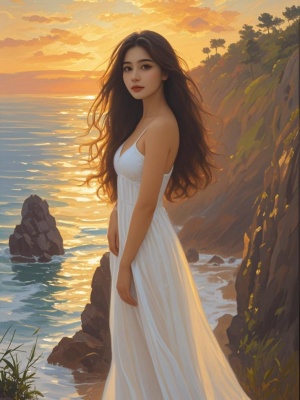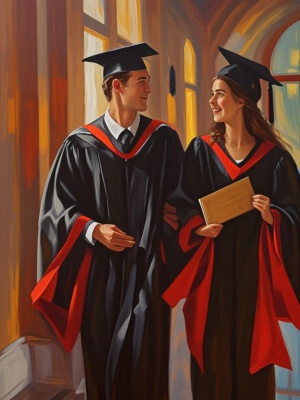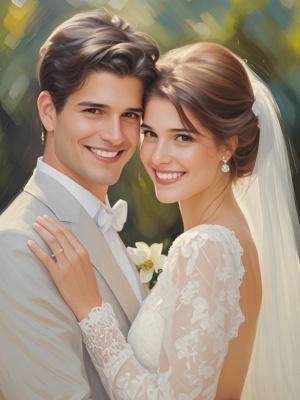The Captivating World of Abstract Oil Painting
Introduction to Abstract Oil Painting
Abstract oil painting represents one of the most expressive and dynamic forms of visual art. Unlike traditional representational painting, abstract oil painting focuses on shapes, colors, and textures to convey emotions and ideas rather than depicting recognizable objects. This art form allows artists to explore their creativity freely, making each piece unique and deeply personal.
For those interested in exploring more about modern art techniques, check out our AI Painting Guide which combines traditional methods with cutting-edge technology.
The Evolution of Abstract Oil Painting
Historical Roots
The origins of abstract oil painting can be traced back to the early 20th century with pioneers like Wassily Kandinsky and Piet Mondrian. These artists broke away from traditional art forms to explore pure abstraction, using oil paints to create works that emphasized emotional and spiritual expression over realistic depiction.
Modern Developments
Today, abstract oil painting continues to evolve, incorporating new techniques and materials. Contemporary artists often blend traditional methods with digital tools, creating hybrid works that push the boundaries of the medium. For inspiration, visit our gallery to see how modern artists are redefining abstract art.
Techniques and Materials in Abstract Oil Painting
Essential Tools
Creating abstract oil paintings requires a variety of tools and materials. Here are some essentials:
- High-quality oil paints
- Brushes of different sizes and shapes
- Palette knives for texture
- Canvas or prepared panels
- Mediums like linseed oil or turpentine
Popular Techniques
Abstract oil painters employ numerous techniques to achieve their desired effects:
- Impasto - Thick application of paint for texture
- Glazing - Thin, transparent layers of color
- Scumbling - Dry brush technique for broken color
- Dripping - Allowing paint to flow freely
Challenges and Solutions in Abstract Oil Painting
Common Problems Faced by Artists
Abstract oil painting presents unique challenges that artists must overcome:

- Color harmony and balance
- Creating meaningful composition without representational elements
- Managing drying times of oil paints
- Developing a personal style
Practical Solutions
Here are some professional solutions to these challenges:

- Study color theory and create small color studies before starting large works
- Experiment with different compositional approaches like the rule of thirds or golden ratio
- Use fast-drying mediums or work in layers to manage drying times
- Develop a sketchbook practice to explore personal motifs and styles
The Emotional Power of Abstract Oil Painting
Abstract oil paintings have a unique ability to evoke emotions and create connections with viewers. The combination of vibrant colors, dynamic brushwork, and textured surfaces can communicate feelings that words cannot express. Many collectors are drawn to abstract works for their ability to transform spaces and create mood.
For those interested in how emotion translates to digital art, our Portrait to Art Detail article explores similar concepts in digital media.

Conclusion: The Enduring Appeal of Abstract Oil Painting
Abstract oil painting remains one of the most compelling and versatile art forms today. Its ability to convey emotion through pure form and color continues to captivate artists and collectors alike. Whether you're an experienced painter or just beginning to explore abstract art, the medium offers endless possibilities for creative expression.
For further reading on artistic techniques, the Tate Museum's guide to abstract art provides excellent historical context and examples.